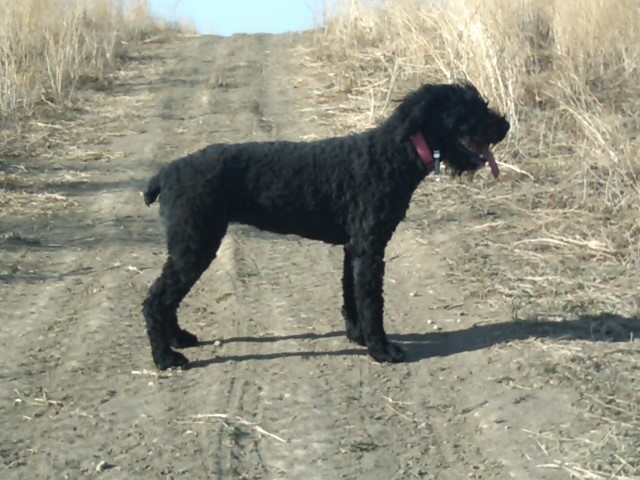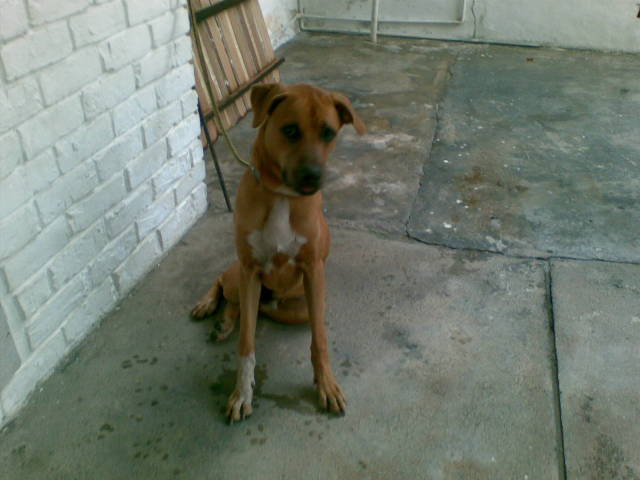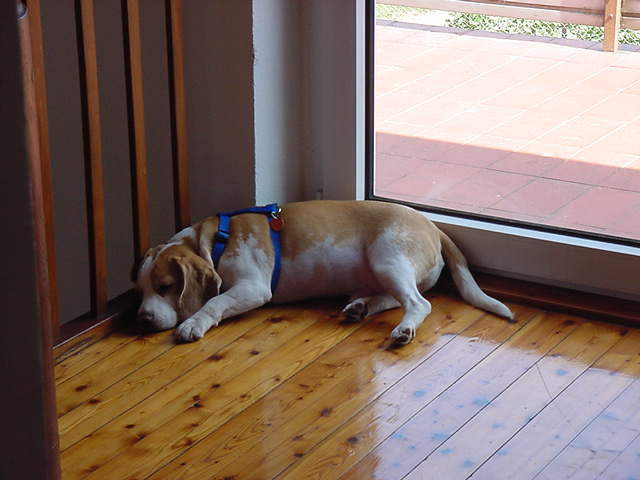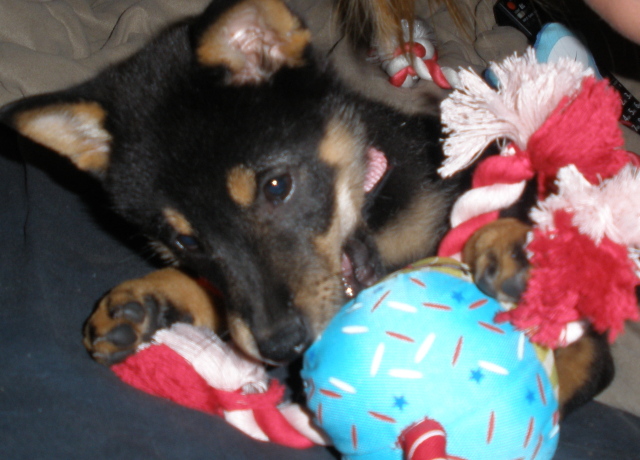Question"Hi I have just adopted a 2 year old Lhaso Apso called Buster today, I collected him this morning, he has been fantastic all day, very affectionate, following me around for reassurance, lovely with whomever he met. Unfortunately I brought him home this evening and he bitten 2 people, Me, and my friend twice and tried to attack me a second time.
Then he wouldn't come near me afterwards, he sat at the back of the sofa for ages, then came out to see me and has been fine since, he seems more nervous now which he wasn't earlier in the day.
I have walked him about three times today, he is a pleasure to walk. Is he just trying his luck and seeing how far I will be pushed or is this the beginning of an aggressive dog showing his true colors.
The adoption home I got him from did mention aggression towards other dogs but not people, I assumed just bad socialization for this, yet whilst on his walks he hasn't been aggressive to any dog we met, very interested but not aggressive?
He is an adorable dog, and I do want to do my very best for him I want to do it in the right way and not make matters worse, please can you help me and Buster?
Can you give me any advice?
Kind regards
Buster and Kirsty
AnswerThe dog is confused and extremely anxious. It's unwise to force a dog recently introduced to a new environment into meeting/greeting people, dogs, etc. within the first few days. The dog may be fear aggressive (it certainly sounds that way) and this is not an uncommon problem in this breed. Having said that, I will add that PEOPLE LIE when they want to "get rid of" a dog that's causing problems. I very much doubt this is the FIRST time the dog has bitten a human.
Any active dog to human aggression absolutely requires the in person evaluation of a certified applied animal behaviorist; the dog needs to be observed for temperament and you need an education on how to handle the dog. Thousands of dogs are adopted each month (most likely) across the United States and in Europe from neglectful, abusive situations, or high kill shelters, or rescue organizations and private homes; if all of these dogs, certain to be confused and anxious, resorted to active aggression, the species wouldn't be co-existing with us in our homes. There's an underlying temperament problem here, possible past abuse in the former home, and a certain fear aggression response. You may be able to find a behaviorist from the following site, which is international:
http://www.iaabc.org/
Meanwhile, don't force this dog into situations which he doesn't have to tolerate. Don't "correct" him, raise your voice or in any way use coercion or punishment. Don't CONFRONT aggression: if the dog growls at you, stand your ground, break eye contact, wait until he backs down, then calmly walk away. Confine him to a small, safe area (like the kitchen) when you're not able to observe him and at night. Don't offer tons of free "affection", he may not be habituated to being handled in this manner and may construe it as threat/restraint. You may also want to read Brenda Aloff's "Aggression in Dogs: Practical Management" but this is NOT a replacement for in person professional help.

 I was riding my bicycle when my 1yr old Bouvier bit my leg
Question
Pup
Hello, I have a 1yr old intact Bouvier bit
I was riding my bicycle when my 1yr old Bouvier bit my leg
Question
Pup
Hello, I have a 1yr old intact Bouvier bit
 uncontrollable beagle
Question
max
My beagle is a year and a half. Ive had hi
uncontrollable beagle
Question
max
My beagle is a year and a half. Ive had hi
 dogs behaviour
QuestionMy 8 months old Dusto
QUESTION: My puppy
dogs behaviour
QuestionMy 8 months old Dusto
QUESTION: My puppy
 licking the floor not stop
QuestionGeorgie
QUESTION: Hi,
I have a 7 year ol
licking the floor not stop
QuestionGeorgie
QUESTION: Hi,
I have a 7 year ol
 My Shiba Inu
Question
Lola
I bought a registered Shiba Inu puppy fro
My Shiba Inu
Question
Lola
I bought a registered Shiba Inu puppy fro